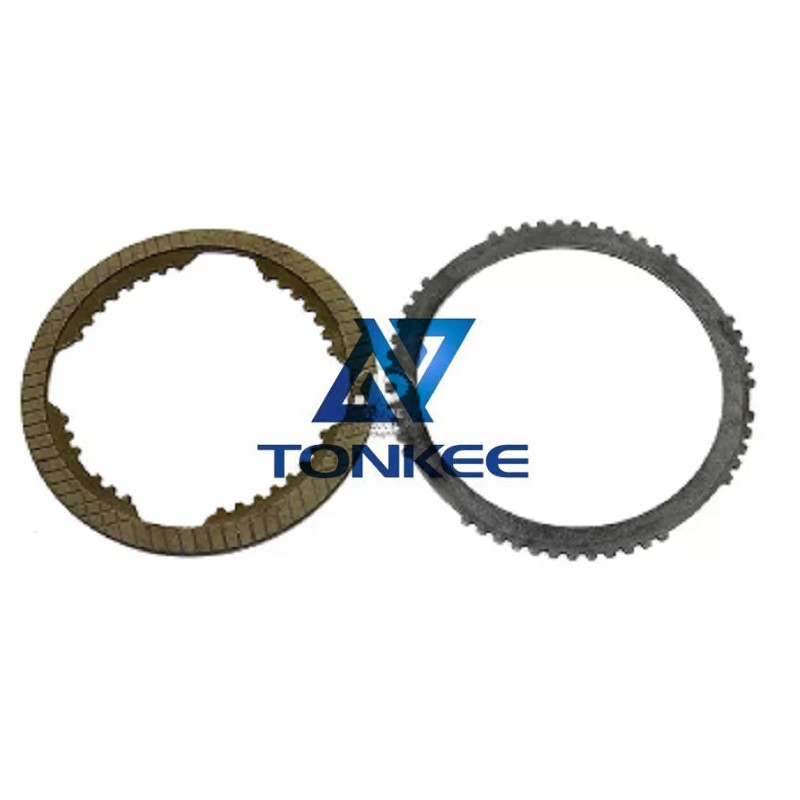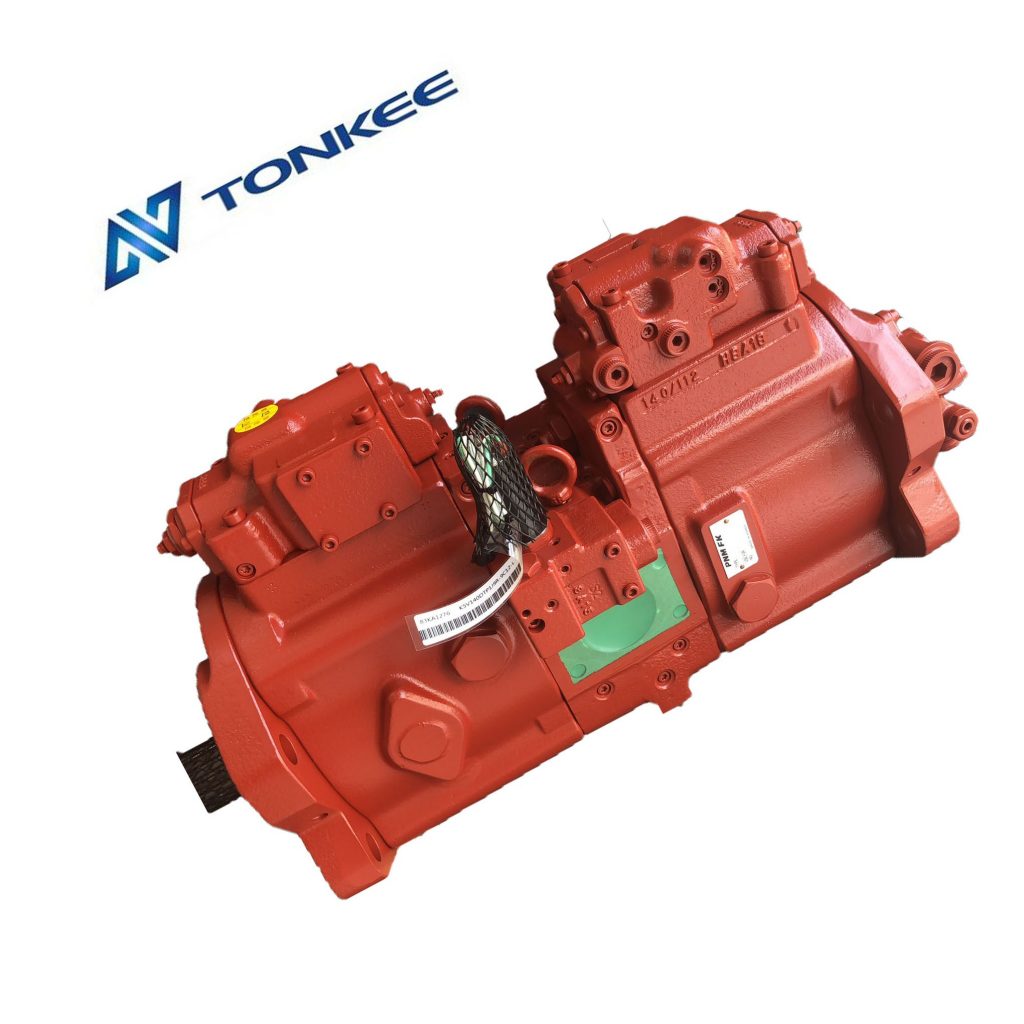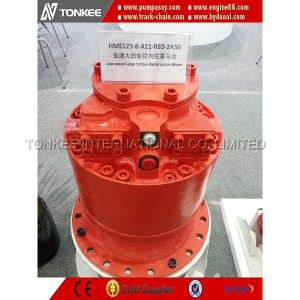
Material: The friction separation plates in these swing motors are usually made from high-quality steel or composite materials known for their durability and resistance to wear and tear.
This ensures that the plates can endure the continuous stress and friction generated during the operation of the excavator.
Surface Finish: The surface finish of these plates is critical for smooth operation. They are often precision-machined to achieve a uniform and low-friction surface. This precision machining minimizes the possibility of uneven wear and ensures consistent performance over time.
Friction Coefficient: The friction coefficient of the plates is carefully calibrated to achieve the desired balance between smooth movement and controlled stopping. This is essential for the safety of the operator and the precise positioning of the excavator's arm during digging and other operations.
Heat Resistance: Friction separation plates must be capable of withstanding high temperatures generated during prolonged and intense excavation activities. Special heat-resistant coatings or materials may be applied to ensure the plates can operate effectively without significant degradation in performance.
Wear Resistance: Due to the constant contact and friction between the plates, wear resistance is a critical specification.
These plates are designed to have a long service life, minimizing the need for frequent replacements and maintenance.
Compatibility: The specifications of the friction separation plates should be compatible with the overall design and requirements of the HMGF35 and HMGF68 swing motors. Proper sizing and design are essential to ensure the plates fit seamlessly within the motor assembly.
Maintenance: While these plates are designed for durability, periodic inspection and maintenance are still necessary to ensure they continue to function optimally. Regular checks can identify signs of wear or damage, preventing potential issues and downtime.



 English
English Русский язык
Русский язык





